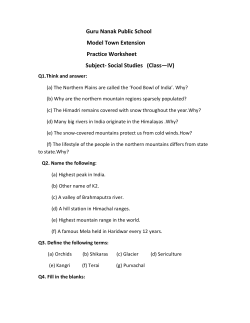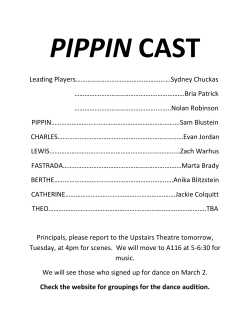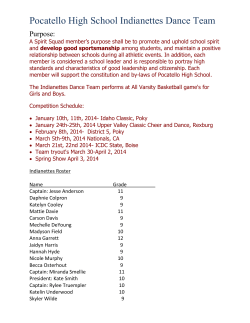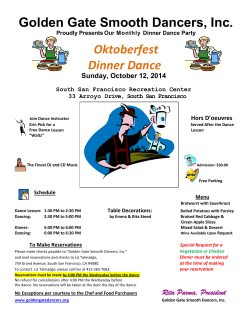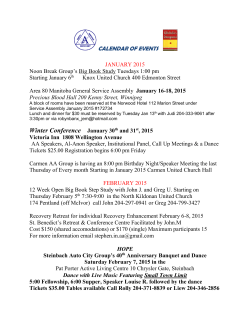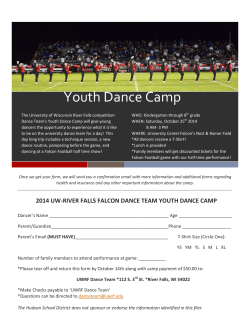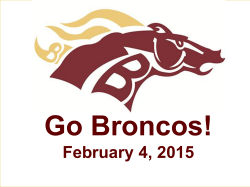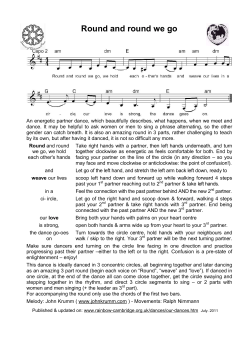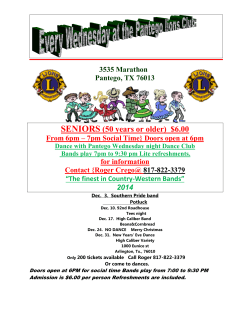
C O P
Dance Key Words Action Space Dynamic Relationship Choreograph Performance Expressive Vocabulary Emphasis above all in particular notably specifically more importantly Comparison equally similarly in comparison likewise to contrast alternatively despite this Technical Analyse Canon Unison Mirroring Interpretation Projection Accompaniment Stylistic Conclusion to conclude in conclusion finally Time initially then next afterwards finally subsequently eventually previously C O P Connectives Openings Punctuation Contrast/Balance however nevertheless alternatively despite this on the contrary yet whereas Addition and also in addition further furthermore as well as and then Opinion/Interpreting it would seem it appears obviously possibly it seems likely presumably one might consider Restriction only if unless except (for) Illustration for example for instance in other words to show that such as an instance as revealed by Summary in brief on the whole summarising overall to sum up to recapitulate evidently Persuasion of course clearly evidently surely certainly decidedly indeed undoubtedly Vary your sentence openers ‘The key aspect is discussed….’ ‘The central theme….’ Full stop . These are used at the end of every sentence. Comma , Commas are used 1) to separate the items in a list 2) to mark the boundaries between main and subordinate clauses. ‘Views on….range from…..’ ‘Emphasised are…’ ‘The definition of….will be given…’ Connect the question with the evidence. Speech Marks/Quotation Marks “ ” These surround words actually spoken or exact quotations from a text. Exclamation Mark ! Used to emphasise something. Don’t use more than one. Question Mark ? Describe Used at the end of a sentence that is a question. Give a detailed account of. Apostrophe ’ Apostrophes are used 1) to show possession (the cat’s tail) or 2) to mark omitted letters (can’t, don’t, won’t). Analyse Identify the elements and examine in detail in order to explain or interpret. Evaluate Pinpoint and describe strengths and weaknesses. Concluding with a judgement of which outweighs the other. Brackets () These are used to indicate extra information within a sentence. Semi-colon ; Semi-colons are used to join two related sentences together or to separate items in a longer, more wordy list. Colon : Used to introduce something, perhaps a list or quotation. To improve your writing you must ensure: Spelling Strategies Break it into sounds (d-i-a-r-y) What you are writing is appropriate for PALL (Purpose Audience Language Layout). Sentences always start with a capital letter. Sentences always end with a full stop, question mark or exclamation mark. Vocabulary is accurate and varied – choose interesting words – use a thesaurus. People, places and titles have capital letters e.g. Cunningham, London, Nutcracker A variety of sentences are used – simple, compound and complex. Simple – Alvin Ailey fuses a variety of dance styles in his work. Compound –Alvin Ailey fuses a variety of dance styles in his work and is a pioneer in modern American dance. Complex –As well as being a pioneer in contemporary dance, Alvin Ailey is also renowned for his forward views of African American cultural opportunities. Writing is organised into paragraphs – start with a topic sentence and use the 3 ‘T’s rule. You should start a new paragraph when there is a shift of topic, viewpoint or time. Time –Initially, we began our research by exploring the movement content of Zero Degrees Topic –Another influence on contemporary at this stage was Graham technique Details are included by using Point, Evidence, Analysis or Interpretation structure. Spelling is accurate – use a dictionary. A variety of punctuation has been used (. , ! ? ‘ “” ; : …). To proof read your work aloud to ensure it makes sense. Marking Codes Sp – spelling Pu – punctuation is incorrect and needs checking Exp – expression of idea could be clearer/needs re-phrasing Cp – capital letter needed SS – sentence structure needs altering or variation // -- new paragraph pp – poor presentation u – underline Break it into syllables (re-mem-ber) Break it into affixes (dis-satisfy) Use a mnemonic (necessary – one collar, two sleeves) Refer to a word in the same family (muscle – muscular) Say it as it sounds (Wed-nes-day) Use analogy (bright, light, night) LOOK Spellings to Watch for in Dance characteristics musicality flexibility anatomy arabesque pirouette technical subsequently physiology accumulation choreographic developé cyclorama spatial orchestral transparent relevé symmetry effective cumulative extension opposition SAY COVER Mix-ups Know/no Their/there/they’re To/too/two Of/off Were/where/wear plié Weather/whether Its/it’s Lose/loose WRITE CHECK General Beginning Excellent Separate Until Achievement Beautiful Because Definitely Opinion Environment Government Really Necessary Which
© Copyright 2025



